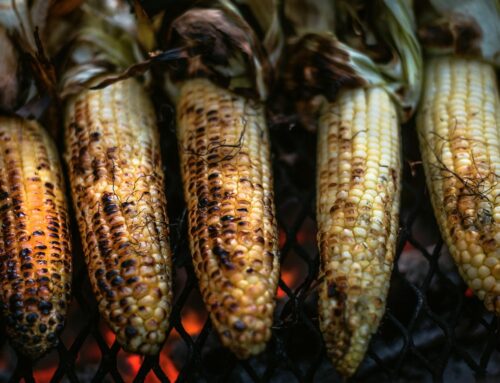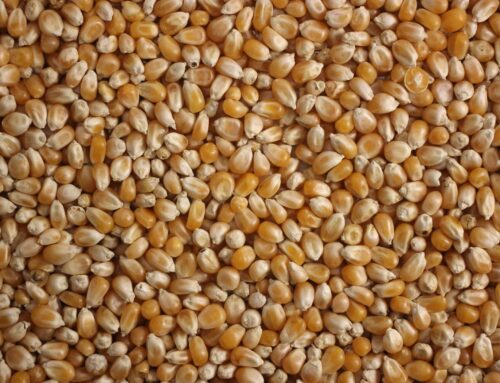Congress is back in session and the trade war and farm bill are fighting for their attention. Here’s a quick update of what’s happening on these fronts.
Starting today, September 4, businesses involved in farming and ranching can apply to get their share of the $6 billion in government aid that’s supposed to replace trade. Most of the cash subsidies ($3.6 billion) are expected to go to soybean producers with some money going to corn, cotton, sorghum, wheat, dairy, and hog producers as well. In addition, USDA is still working out how to make the $1.2 billion in purchases of crops like apples and pistachios. But the spotlight has been on soybeans and with good reason, since China’s retaliatory tariff on U.S. soybeans hurt pretty hard. And predictably. When 53 percent of your crop is exported (over half of that to China), cutting off markets (again, starting with China) will decimate businesses. Maybe instead of closing up markets, which will take years if not decades to gain back, lawmakers should chart a path to open up markets so producers can grow what the market demands. Then we won’t have to spend taxpayer money bailing out chunks of the economy caught in the Trump Administration’s own goal.
On September 5, the farm bill conference will have its first and most likely only public meeting (all actual negotiations will be in private). There are major differences in the farm bills passed in the House and Senate, and it will take a miracle for Congress to work out the kinks to craft a farm bill that creates a farm safety net that’s more cost-effective, transparent, responsive to need, and in which all are held accountable for results.
Also remember when the U.S. and Canada couldn’t make a deal on NAFTA and went home? Well, looks like they’re back at it again. Talks between the two countries begin again, and it looks like there might be some wiggle room to open up Canada’s dairy supply management system, a huge priority for the Trump Administration. Mostly because U.S. producers have a tendency to over-produce dairy and taxpayers have unfortunately bore the brunt of buying this “excess” cheese and milk.
Finally, this Thursday, September 6, is the last day to submit public comments for the Trump Administration’s proposal to increase tariffs on an additional $200 billion worth of goods from China. China responded by threatening to impose tariffs on $60 billion worth of U.S. goods. These tit-for-tat tariffs have been going on for a while now, with increased tariffs implemented on a total of $50 billion of goods from the U.S. and China (plus higher tariffs on steel and aluminum from most other countries). See our tracking spreadsheet for the most up-to-date list of products hit with increased import taxes.
That’s a lot of things happening in a 76-hour time span. And between the farm bill and tariffs, we’re talking multi-billions of dollars, all of which come at the taxpayer’s expense, and to bail out bad policy.










